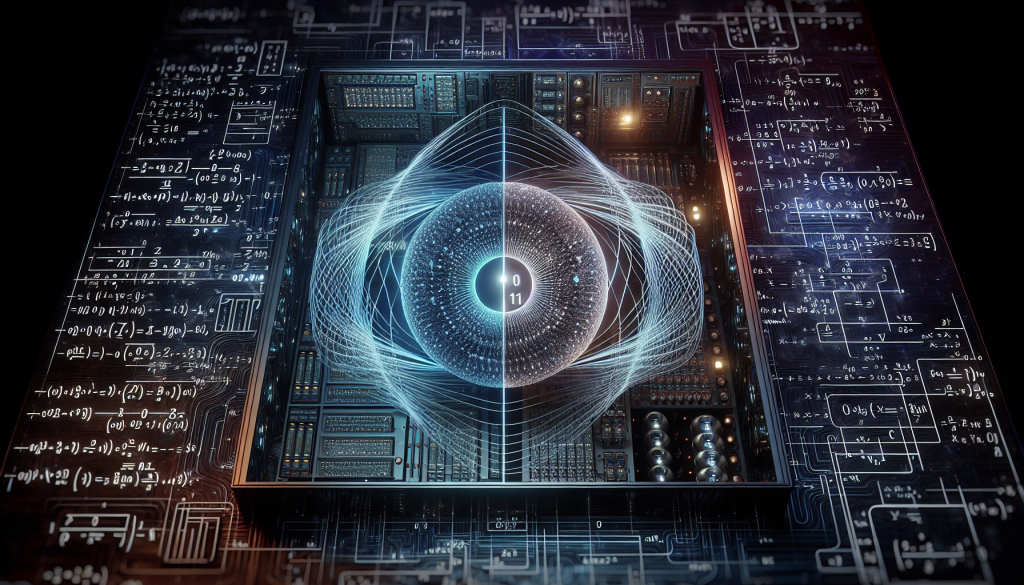
Quantum Computing: Unraveling the Mysteries of Superposition
Quantum Computing: Unraveling the Mysteries of Superposition
Imagine a world where a computer can solve complex mathematical problems in seconds, a world where data can be processed and analyzed at unimaginable speeds, a world where encryption is practically unbreakable. This may sound like something out of a science fiction movie, but it’s becoming a reality with quantum computing. One of the key concepts behind this revolutionary technology is superposition, the ability of a quantum system to exist in multiple states at the same time. Join us as we delve into this mind-boggling concept and uncover the mysteries of superposition in quantum computing.
What is Quantum Computing?
To understand the concept of superposition, we must first understand what quantum computing is. In simple terms, quantum computing is the use of quantum-mechanical phenomena, such as superposition and entanglement, to perform operations on data. Traditional computers use binary digits, known as bits, that can only represent 0s and 1s. Quantum computers, on the other hand, use quantum bits or qubits, which can represent 0s, 1s, or both at the same time. This unique feature allows quantum computers to solve complex problems at a much faster rate than traditional computers.
The Mystery of Superposition
Superposition is the property of a quantum system that allows it to exist in multiple states or positions at the same time. This concept was first introduced by Erwin Schrödinger in 1926 in his famous thought experiment known as Schrödinger’s cat. In this experiment, a cat is placed in a box with a radioactive substance that has a 50% chance of decaying, which would trigger a mechanism that would release poison and kill the cat. According to the principles of quantum mechanics, until the box is opened, the cat exists in a superposition of being both alive and dead at the same time. It’s only when we observe the cat that it collapses into a single state.
Applications of Superposition in Quantum Computing
The concept of superposition is at the heart of quantum computing and is what gives it its immense power. By utilizing the multiple states of qubits, quantum computers can solve complex problems in a fraction of the time it would take traditional computers. For example, in data encryption, quantum computers can use superposition to try all possible encryption keys at the same time, making it practically impossible to crack. Quantum computers also have the potential to revolutionize fields such as drug discovery, artificial intelligence, and financial analysis.
Challenges and Future of Quantum Computing
While superposition holds great promise for the future of computing, there are still many challenges that need to be overcome. One of the biggest challenges is the fragile nature of qubits. The slightest disturbance can cause them to collapse, leading to errors in calculations. Another challenge is the cost and complexity involved in building and maintaining quantum computers. However, scientists and researchers are continuously working towards overcoming these challenges, and we can expect to see significant advancements in quantum computing in the near future.
In Conclusion
Quantum computing is a groundbreaking technology that has the potential to change the world as we know it. Superposition is one of the key concepts that make quantum computing so powerful and holds the key to solving complex problems that are beyond the capabilities of traditional computers. As we continue to unravel the mysteries of superposition, we are sure to see even more incredible advancements in this ever-evolving field.
So, are you ready to enter the fascinating world of quantum computing and superposition?
